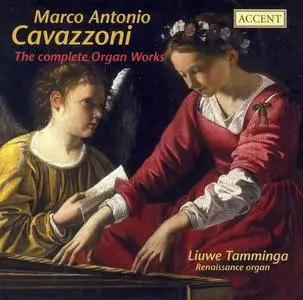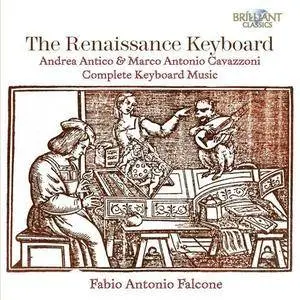Liuwe Tamminga - Marco Antonio Cavazzoni: The Complete Organ Works (2004)
EAC | FLAC | Image (Cue) ~ 346 Mb | Total time: 67:49 | Scans included
Classical | Label: Accent | # ACC 23148 | Recorded: 2003
EAC | FLAC | Image (Cue) ~ 346 Mb | Total time: 67:49 | Scans included
Classical | Label: Accent | # ACC 23148 | Recorded: 2003
Cavazzoni was born into a noble family in Bologna at an unknown date toward the end of the 15th century. His playing was called ‘divino’ while he was still a teenager, and his precocious talents, together with his good upbringing, must have smoothed his path into the service of the Duchess of Urbino, daughter of Isabella d’Este, before 1512; he most likely followed her into exile back at her hometown Mantua in 1516. Those early years earned him the sobriquet ‘d’Urbino’. Later he is documented as a private harpsichordist to Leo X in Rome, as colleague and eventual successor to Vincenzo da Modena, who had played a pedal harpsichord to the famous Duke of Ferrara, Ercole I (his patroness’s grandfather) on his deathbed.



